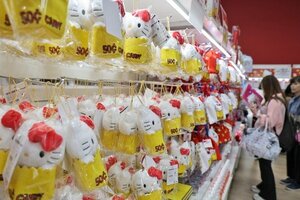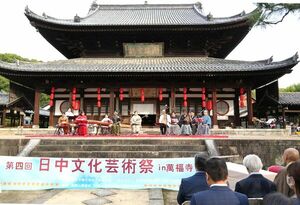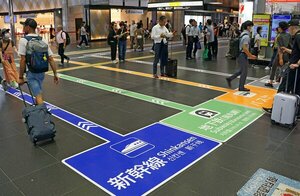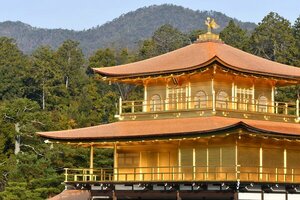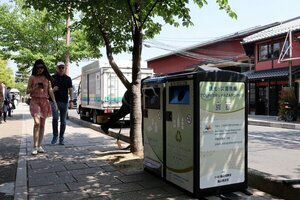In the 1960s, the image of "Kyoto's Katsura-rikyu Imperial Villa as shibui'' was spreading around the world. When and how did the word "shibui", which was circulated overseas as a word that expresses "richness in simplicity", become associated with the Katsura-rikyu Imperial Villa? An article by Hiroshi Emoto, a lecturer at the Kyoto Institute of Technology, who pursued the mystery, was published in the authoritative American magazine "Journal of the Society of Architectural Historians (JSAH)."

It is said that the image of "Katsura-rikyu Imperial Villa is shibui" became decisive in the 1960 special feature "Discover shibui" of the American interior magazine "House Beautiful". In the special feature, "shibui is the quintessence of Japanese architecture,'' and the culmination of this was the Katsura-rikyu Imperial Villa.
Mr. Emoto thought that it was necessary to trace the prehistory of each to find out why these two were linked together.
As a result of the research, it is said that the process of acceptance of "Katsura-rikyu Imperial Villa" in Germany and "shibui" in the United States from the 1920s to the 1930s has emerged.
Speaking of Katsura-rikyu Imperial Villa, it is known that the German architect Bruno Taut praised it highly and caused a big boom in Japan in the 1930s.
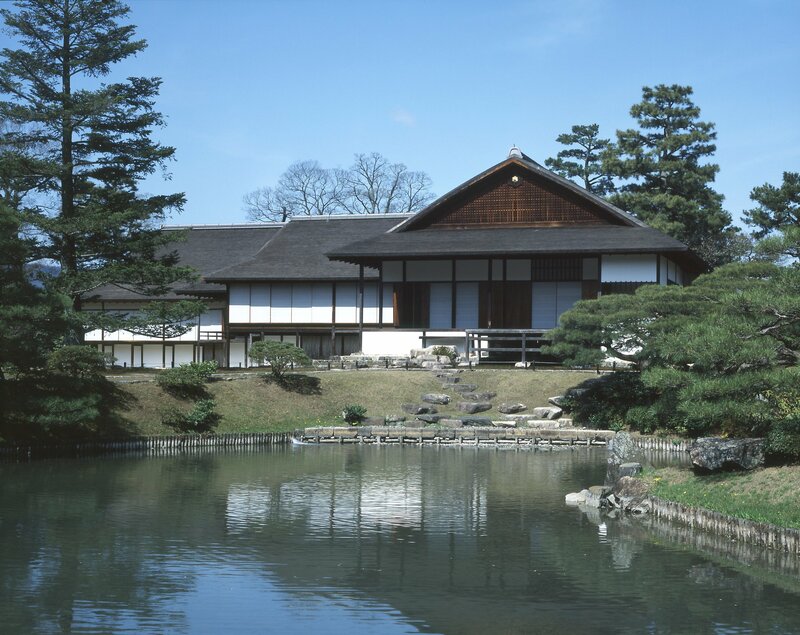
However, Mr. Emoto points out: It became widely known in Germany because of the great influence of architect Tetsuro Yoshida, who is known for designing the former Kyoto Central Telephone Office (now Shinpukan in Nakagyo Ward, Kyoto City).
At that time, modernist architecture was flourishing in Germany, and as a pioneer of this, traditional Japanese architecture was being watched with great interest.
Mr. Emoto explains, "The beauty of the composition created by the pillars and beams, and the beauty of the space composed of right angles, attracted attention.''
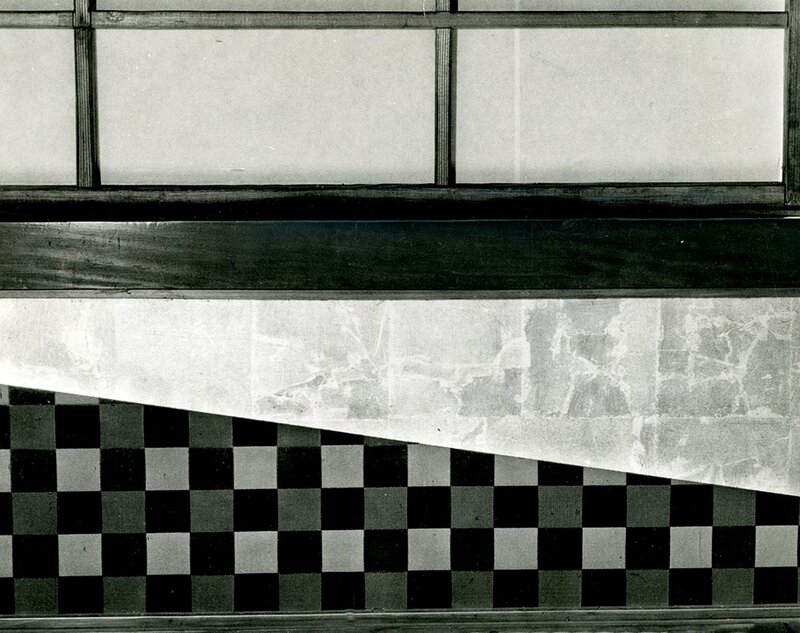
In a book published in Germany, Tetsuro Yoshida introduced the Katsura-rikyu Imperial Villa as "a typical and perfect example of Japanese housing,'' and is said to have established its reputation.
Shibui, on the other hand, started in the late 1920s, when Japan, which aimed to become a tourism-oriented nation, sent the word shibui abroad as a keyword that expresses the beauty of Japanese culture. However, it wasn't until the United States turned its attention to Japanese society after World War II that it became widely used. Together with Muneyoshi Yanagi's lectures in the United States, a member of the folk art movement, it is said that the term became established as an aesthetic term.
Around the same time, exchanges between the United States and Germany also flourished in the architectural world, and the image of "Katsura-rikyu Imperial Villa as the pinnacle of Japanese architecture'' flowed into the United States.
The two fused together, and in the 1960s, the image of “Katsura-rikyu Imperial Villa is shibui” reached its peak. Mr. Emoto analyzes that eventually even the word shibui as an aesthetic term became obsolete. “By tracing lost words, we can see how Japanese culture was accepted globally,” he says of the significance of his research.
Why did Mr. Emoto focus on such a theme in the first place?
Mr. Emoto reveals, "I wanted to depict the world history of the acceptance of Japanese architectural culture. At that time, Shibui was able to skewer all kinds of literature as a unique keyword."
Just as the word “kawaii” became popular in the context of the Cool Japan strategy a while ago, shibui “has left its original meaning and traveled around the world. Desires are reflected. That's what makes research on the history of reception interesting."

